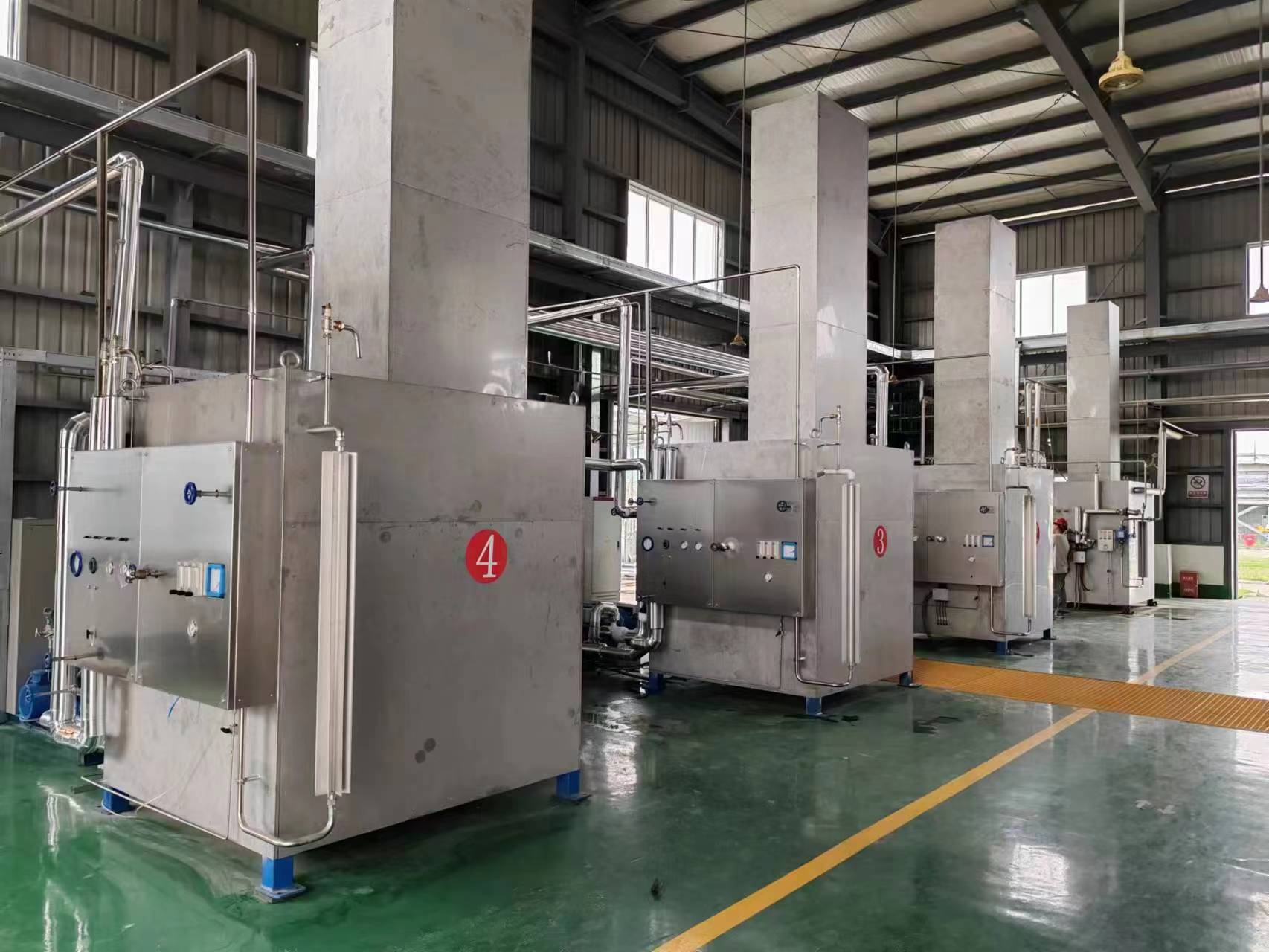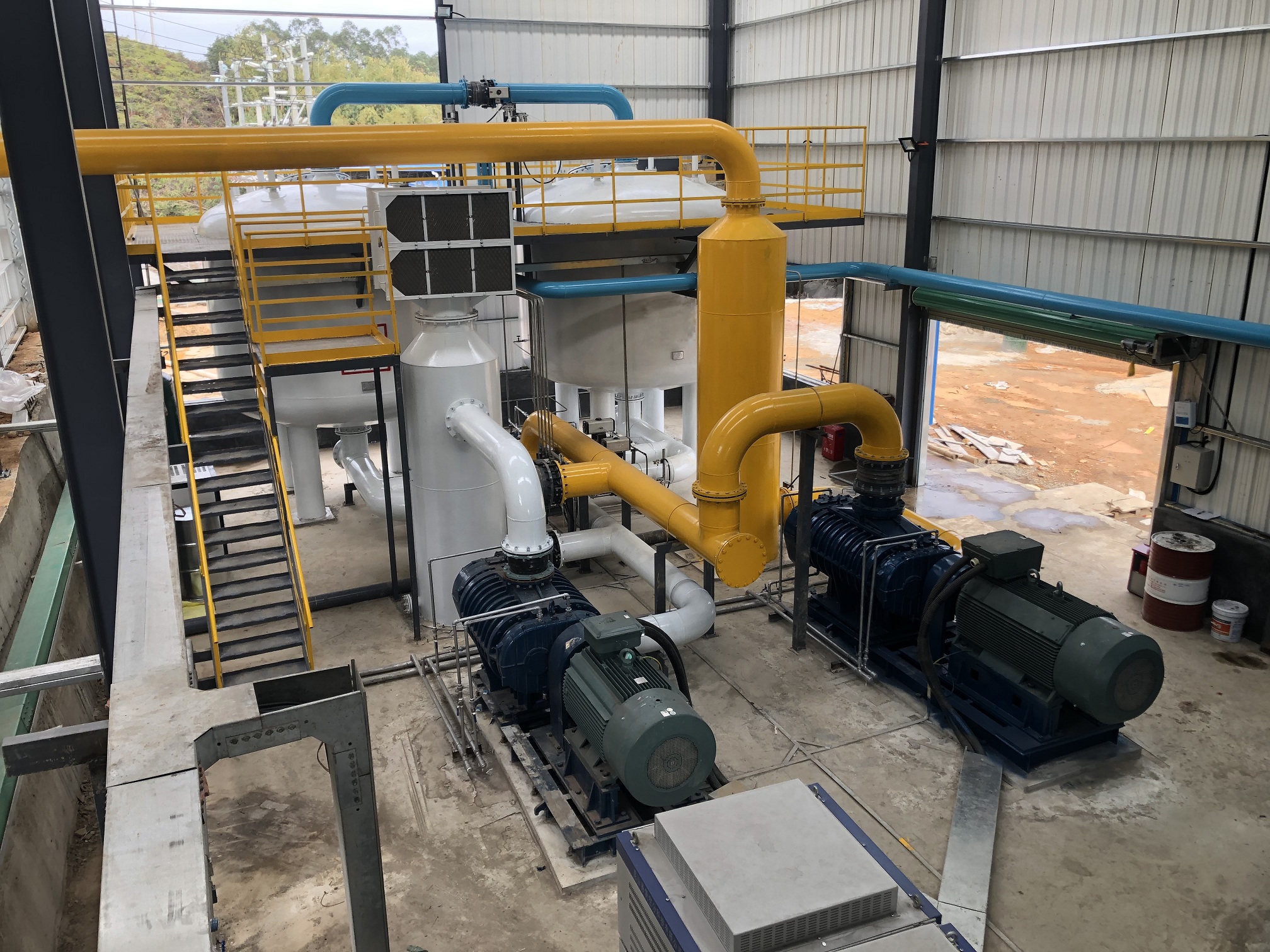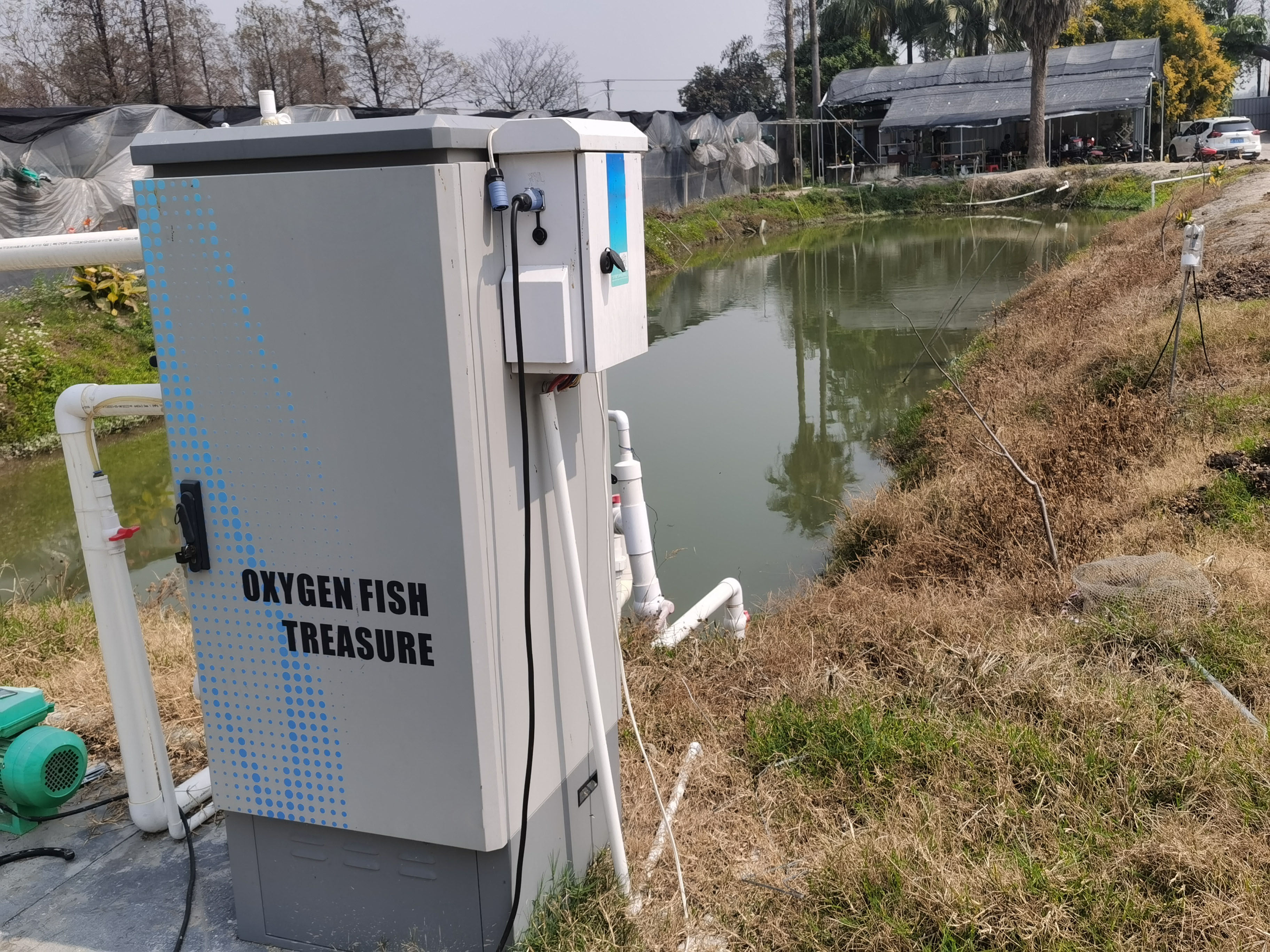Hydrogen energy: foam finally burst!
In the past four weeks, hydrogen energy projects in multiple countries around the world have experienced consecutive setbacks, exposing their economic vulnerability and structural difficulties as an energy export and transportation solution.
In the past month, the hydrogen energy industry has experienced a rare wave of project withdrawals, with dozens of large-scale projects worth billions of dollars being cancelled or put on hold, involving multiple countries and industries, marking a deep economic reality test for the global hydrogen energy market.
The most notable is the sudden withdrawal of Australia's star export project CQ-H2 Green Hydrogen Energy Plan. The project was originally planned to invest AUD 12.5 billion (approximately USD 8.13 billion) in Gladstone to export green hydrogen to Japan and South Korea. However, due to soaring costs and worrying market prospects, the leading company Stanwel withdrew from the cooperation and the project was forced to terminate. This means that hundreds of thousands of tons of hydrogen production capacity evaporates every year, casting a cold spell on Queensland's ambition to build a hydrogen export center
Similarly, in Australia, Fortescue has also chosen to significantly reduce its hydrogen energy business. In May of this year, the company laid off approximately 90 hydrogen related positions in Perth and Gladstone, shifting its focus from large-scale manufacturing to research and development aimed at improving efficiency and cost control. Former Hydrogen Systems CEO Mark Hutchinson has retired early, and Cameron Smith, who previously led the department, has also left. The current CEO Dino Otranto has taken over the hydrogen and electrification business, while Agustin "Gus" Pichot has been promoted to head the growth and energy business, marking the company's abandonment of its goal of producing 15 million tons of hydrogen annually by 2030 and adopting a more cautious and pragmatic strategy.
Several large-scale projects in Germany have also hit the brakes one after another. Steel giant Arcelor Mittal has announced its decision to abandon the transformation of its Bremen and Eisenschtenstadter plants into hydrogen based direct reduced iron and electric arc furnace processes. These two projects originally invested 1.3 billion euros (approximately 1.52 billion US dollars) each, with an annual demand for hundreds of thousands of tons of green hydrogen. The company attributed its exit to high energy prices and a lack of sufficient incentive mechanisms.
More importantly, the economic structural disadvantages of hydrogen metallurgy itself are increasingly exposed. Even if hydrogen prices are optimistically estimated to drop to $3 to $4 per kilogram, they still cannot compete with other metallurgical technologies such as molten oxide electrolysis (MOE), biomethane carbon capture, or low-carbon routes such as flash ironmaking and natural gas. The energy loss of hydrogen in electrolysis, compression, and storage makes it difficult for it to establish a foothold in the large-scale decarbonization path of steel.
German energy giant E.ON also announced the cancellation of its 20 MW green hydrogen project in Essen and withdrew from the planned construction of the HzRuhr regional pipeline, once again confirming that even in policy tilted areas, the hydrogen economy cannot escape the pressure of accounting.
The situation in India is also not optimistic. In early July, the Solar Energy Corporation of India (SECI) cancelled the green hydrogen center tender originally scheduled to invest 2 billion rupees (approximately 23.3 million US dollars) and refunded all bidding fees. This mutation highlights the rapidly declining confidence of the Indian government in the commercial feasibility of hydrogen energy, which had previously been designated as a pillar of emission reduction strategies.
The Repsol Hydric Power partnership project in Puerto Llano, Spain, has also been put on hold for its green hydrogen plan. Despite its valuation of over 100 million euros (approximately 117 million US dollars), it was terminated due to technical and economic infeasibility. This project was once seen as the core of Spain's hydrogen energy strategy, but now it has become a "phantom".
In the UK, Air Products has also withdrawn its original plan to build a £ 2 billion (approximately $2.72 billion) hydrogen import terminal at the mouth of the Humber River in LMingham. This key facility, which was originally expected, was ultimately stillborn due to policy uncertainty and insufficient government funding support.
The United States is no exception. BP has indefinitely suspended its blue hydrogen and carbon capture project at the Whiting refinery in Indiana, which was once seen as a demonstration project for blue hydrogen in the Midwest United States; Cleveland Cliffs has also halted its $500 million hydrogen metallurgy project; ExxonMobil had originally planned to invest $330 million in the development of clean hydrogen at the Baytown refinery in Texas, but it was stalled after federal funding was withdrawn.
The centralized "withdrawal" of these projects not only means the disappearance of millions of tons/year of hydrogen energy production capacity, but also poses a chain impact on downstream industrial chains. Without economically viable hydrogen sources, scenarios such as heavy trucks, shipping, industrial thermal energy, and green hydrogen steel will be difficult to implement, leading to a sharp increase in operational risks and financing obstacles.
As of now, the "explosion" of hydrogen energy projects in 2025 is not an isolated case. According to the author's statistics, out of the 162 hydrogen related companies tracked, 33 (accounting for over 20%) have either gone bankrupt or completely transformed. According to research firm BNEF, only 13% of the 299 hydrogen contracts worldwide have a confirmed buyer, reflecting a lack of solid market foundation behind the huge investment and grandiose slogans.
This wave of project twists and turns reminds policy makers and industry strategy makers that it is time to confront the fundamental challenges of the hydrogen economy. In contrast, electrification and energy storage technologies are constantly attracting capital, reducing costs, and steadily expanding. Expectations for hydrogen should return to rationality and be limited to truly irreplaceable industrial raw material applications, rather than deifying it as a panacea for energy transformation.
After all, this is just a collection of failures within four weeks. The puncture of hydrogen energy foam has begun.
Air Separation Plant/Nitrous oxide plant/CO2 recovery plant/Hydrogen plant/Acetylene Plant/Mobile Tank/ISO Tank
Container/Cryogenic Storage Tank/LPG Storage Tank/Cryogenic Pump/Micro Bulk Tank Solutions/Cryogenic Semi Trailer
Transport Tanker/LPG Semi Trailer Tanker/Dewar Flask/Vaporizer/Cylinders/Dry ice making machine/Calcium Carbide





 H2 plant Hypower Project wind power to H2 2000NM3 per hour (1).jpg)
.jpg)




